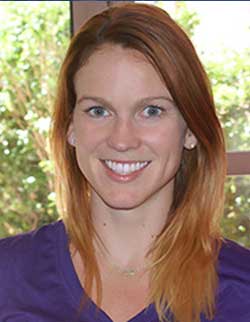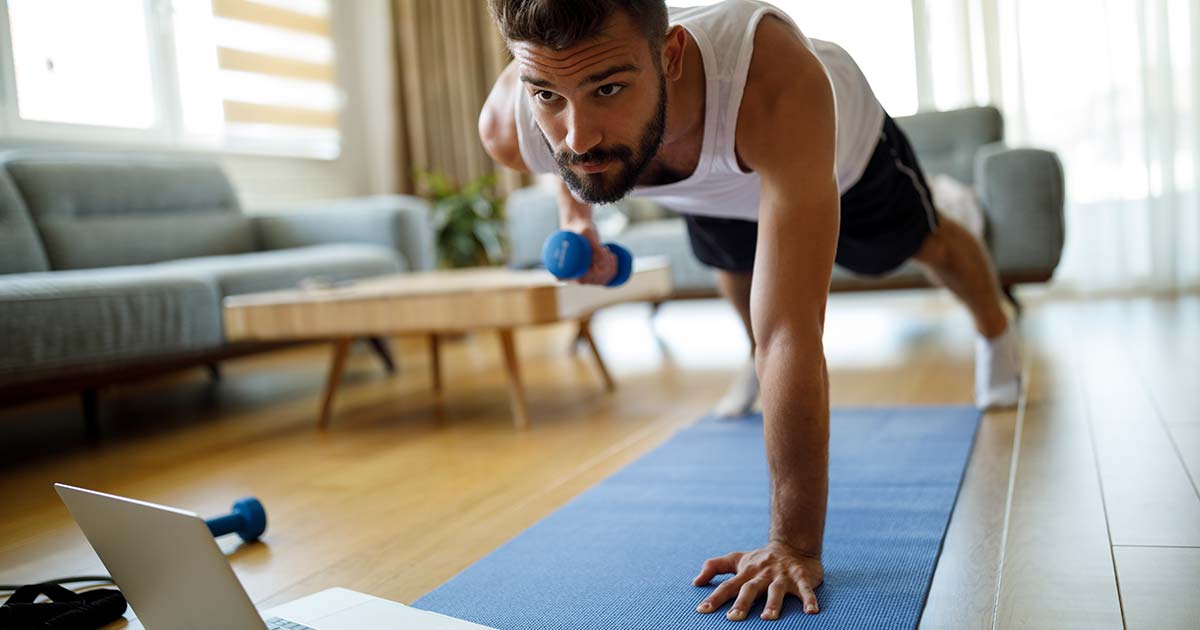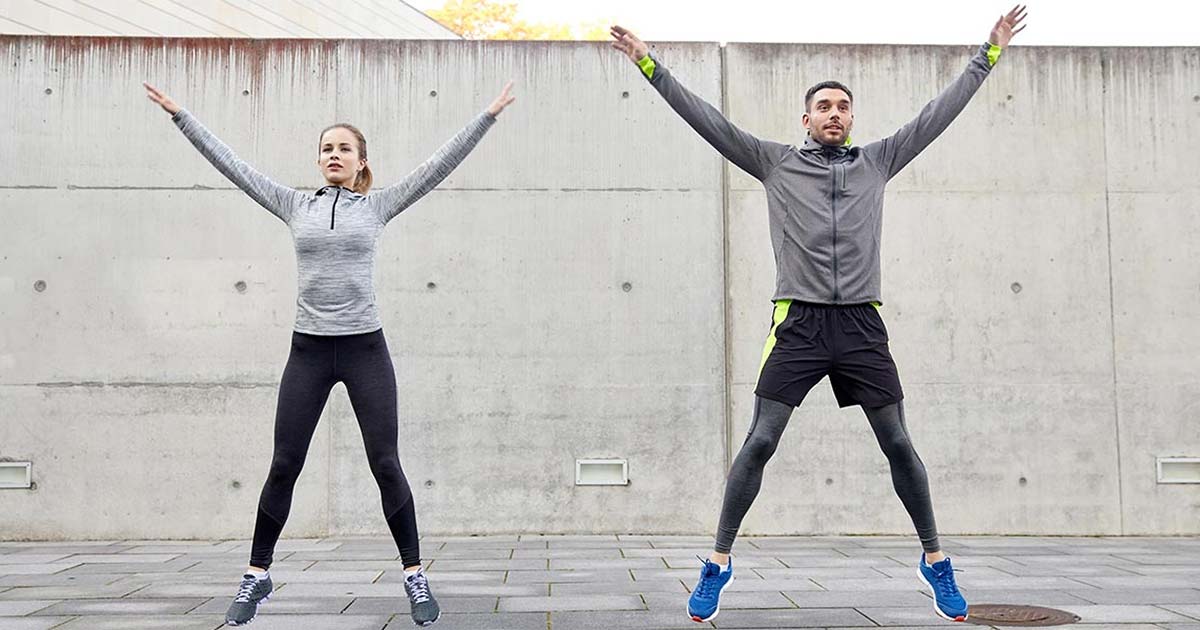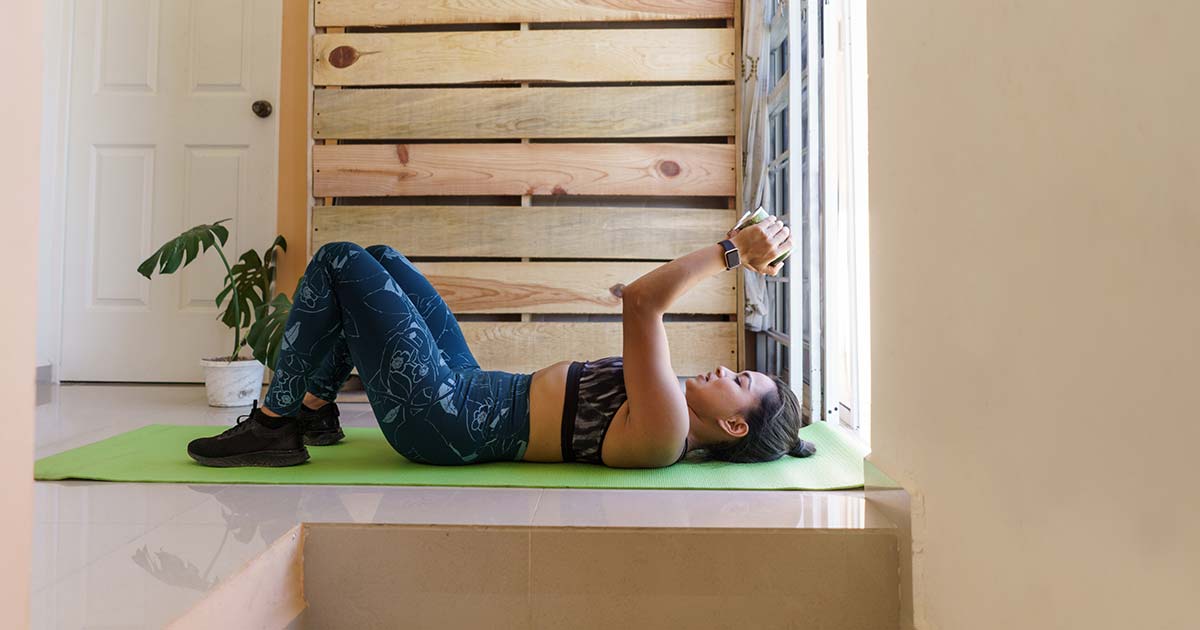Building a Fitness Plan If You’re New to Exercise
Advice to improve your movement, fitness, and overall health from the world's #1 in orthopedics.
Your best friend says yoga changed her life, your neighbor swears by his five-mile daily run, and your boss says CrossFit is the only workout worth your time. Then there’s Pilates. And boxing. And weight lifting. So many options, but which one is right for you?

Choosing an exercise you’re excited to try is a great place to start, but there’s more to a well-rounded fitness plan, says Pamela Geisel, MS, CSCS, an exercise physiologist and director of Performance Services at the HSS Tisch Sports Performance Center. “The truth is you won’t get fit by doing one type of exercise,” she adds. In fact, you may even be putting yourself at risk for injury.
Geisel has these four pieces of advice for fitness newbies.
1. Include the three major components of fitness.
Regardless of the activities you choose, a complete exercise program should include what Geisel calls the three big components: cardio, mobility and strength. The American College of Sports Medicine says creating a fitness plan that incorporates each of these components can help ensure that you are getting a comprehensive workout.
Cardio: Cardiovascular, or aerobic, exercise is any type of exercise that gets your heart rate up for a prolonged period of time. Examples include running, cycling, walking, dancing, swimming, biking, boxing, jumping rope and climbing stairs. Cardio can improve your heart health, help with weight management and boost your mood.
Try to fit in two and half hours of cardio each week. One session should last at least 30 minutes. True cardio beginners should take it a bit slower, says Geisel. Start with five or 10 minutes and work toward increasing your time to 30 minutes or more per session.
Mobility: Mobility exercises improve range of motion and are key for proper movement quality. “Yoga is often what comes to mind, but spending some time on a foam roller or using a stretch strap is beneficial as well,” says Geisel. “Taking a little time to do this each day can help the most in counteracting the stressors of our daily lives.”
Strength: Strength training helps to build lean muscle mass, taking pressure off your joints and reducing your risk of injury. Weight lifting is probably the activity that comes to mind for most people, but the good news is that you don’t need special equipment to build lean muscle. Exercises such as push-ups, squats and planks are all good ways to build strength.
Geisel recommends strength training twice a week. Your routine should target the body’s major muscle groups (the chest, back, arms, shoulders, legs and calves).
2. Take an honest inventory of your body.
Before you start on your new routine (based on the three components above, of course), take some time to assess your current health and fitness and determine if you have conditions or injuries you need to work around. Take your physical limitations and your strengths and weaknesses into account as you make a blueprint.
If you have acute pain, like an injury that happens suddenly, it’s important to see a doctor or physical therapist before beginning a new fitness routine. But don’t assume that you can’t exercise at all if you’re hurt. “There’s always an option,” says Geisel. Just do what you can.
Geisel also recommends having a comprehensive assessment with an exercise physiologist to help you build the fitness plan that is most appropriate for you. Many exercise physiologists, including those at HSS, are offering virtual assessments right now.
3. Choose exercises that you enjoy, but also ones that expand your comfort zone.
Maybe you ran track when you were young or have always loved to dance. “People gravitate to what they’re good at,” says Geisel, which is perfectly fine. But don’t always play to your strengths or avoid addressing your weaknesses. While there’s nothing wrong with doing what you are comfortable with, diversifying your workouts can help you improve things you may not be good at but that are important for overall fitness, like your flexibility or balance.
To make it easier to follow through on your goals, make a plan B for those exercises that depend on specific weather or daylight. The goal is to choose a variety of exercises that together include the three fitness components. And aim for consistency, not perfection, says Geisel.
4. Remember that there’s nothing wrong with slow and steady.
If you haven’t been exercising regularly or have health issues, ease into your new routine. Pay attention to your body and stop if you feel pain, Geisel advises. “It’s important to remember that fitness isn’t a destination, it’s a journey.”



